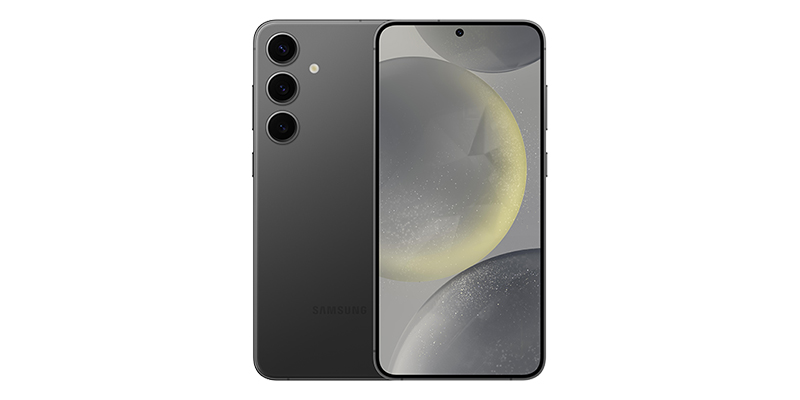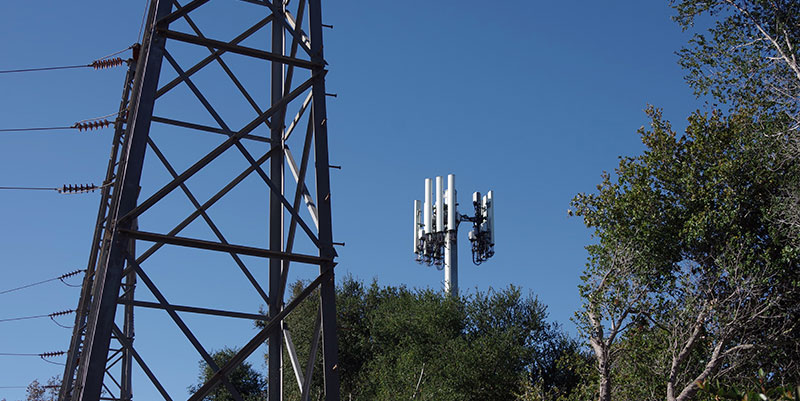4 Ways to Use Federal Funding to Pay for Your Smart City Programs
There’s been a lot of talk in the news about government funding for connectivity, and even more confusion about what types of projects the new programs fund. From the new Infrastructure law to the American Rescue Plan Act (ARPA) to E-Rate, each has its own rules and nuances.
The bottom line, however, is that there is an unprecedented flood of money available to your municipality to support smart technology and communications enhancements.

For example, here are key details about the Infrastructure Investment and Jobs Act as it relates to smart cities:
Signed into law by President Biden on November 15, 2021, the Act represents $1 trillion of spending in American infrastructure.1
In addition to funding to improve roads, bridges, rails and water systems, the Infrastructure law includes $65 billion to improve broadband internet access.2
The law has a particular focus on closing the digital divide, which disproportionately impacts rural communities and low-income households.3
The National Telecommunications and Information Administration (NTIA) has 180 days to issue a Notice of Funding Opportunity—essentially a process for states to apply for funds.4
While the new law outlines the process in which funds will be released, that’s only the beginning. Application processes for these types of funds are typically complex and applicants must understand:
how to apply
the timing and eligibility of projects/use cases
Each project is unique, and communities may find that projects that aren’t quite right for Infrastructure funding may be eligible for ARPA or E-Rate funds. The good news is that many partners, including UScellularTM, can help guide you through the process.
Finding the Right Funding for Connectivity
Confusion regarding new funding continues when you contemplate exactly what types of projects may be approved. Consider how you might use this money to improve your community and your citizens’ lives through smart cities initiatives (even connected communities).
Funding-enabled connectivity has the potential to open up the following smart city use cases:
Closing the Digital Divide
Rural communities are often disproportionally affected by the digital divide, which is the gap between those who have ready access to computers and the internet, and those who do not. Currently, 43% of low-income households say they lack broadband access.5
By closing the gap, smaller towns and rural areas can access remote learning and telemedicine. Connecting communities with reliable internet and private cellular networks can lead to economic development in the form of new businesses, career opportunities with an inflow of talent, and improved citizen engagement.
Transportation
By connecting transportation infrastructure and systems, states and municipalities can ease congestion and create more efficient transportation systems. Wireless networks can enable smart parking, digital signage, smart traffic signals, and connected vehicles and buses.
Sustainability
Smart cities technology allows communities to use resources more efficiently, while also benefiting your budgets and the environment. Communities can leverage wireless networks to implement advanced metering, smart lighting and environmental monitoring solutions, for example.
Public Safety
Connected communities can be safer communities. Smart cities applications can increase citizen safety by using technology such as automated license plate readers and smart traffic signals to help prevent traffic accidents. Police, Fire and EMS can serve the community with faster response times thanks to connected emergency vehicles, call boxes and even automatic gunshot detection.
Your Next Move with UScellular
Understanding funding programs and identifying eligible use cases is tricky. UScellular is your trusted advisor to navigate you through each phase. For example, we can help you sort out the complexities of the new infrastructure law and how you can take advantage of its benefits. Or learn more about the technology, connectivity, private networks and devices needed to take your city to the next level.
Start a conversation with a UScellular expert to learn how, together, we can grow your smart city. Contact mark.grushey@uscellular.com or visit Smart Connectivity.
Smart City, Brilliant Future
Download the Solution Overview
Learn how smart cities use data from Internet of Things (IoT) sensors and devices to develop insight that informs city planning and improves the lives of residents.
References
- Biden signs $1 trillion infrastructure bill into law (Reuters)
- Fact Sheet: The Bipartisan Infrastructure Deal (The White House)
- ibid
- Congress Approves Infrastructure Bill with $65 Billion for Broadband Programs (JD Supra)
- Digital divide persists even as Americans with lower incomes make gains in tech adoption (Pew Research Center)







